Bible hunting: Where to find data? The case of Portugal
Bible hunting: Where to find data? The case of Portugal
Bible hunting is a task more complicated than it sounds. The growth of book creation over the centuries and the increasing spread of trading routes has meant that Paris Bibles (What Is A Paris Bible?) have spread far and wide. They can turn up anywhere from Austria to Australia! (Where is the Paris Bible Today?)
In this particular case, I started looking for bibles that were thought to be in Portugal. I already knew they existed there at some point, based on the list in Annexe 1 from Chiara Ruzzier’s Entre Université et ordres mendiants. My hunt was to discover if the bibles were still housed at the libraries indicated, and if so, had the libraries ever digitized them.
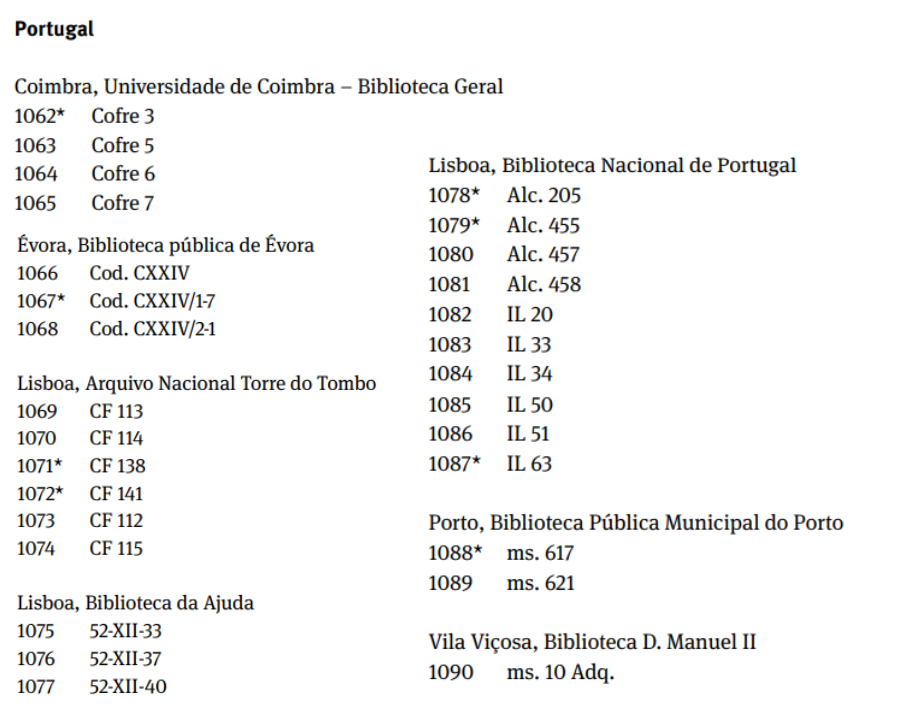
Fig.1. Ruzzier 246
I started with Portugal because a large part of my family is Brazilian, which has given me enough familiarity with Portuguese that I can make my way around in that language. I was able to immediately cross off all the bibles listed by Ruzzier as being at the Biblioteca Nacional de Portugal. The BNP, while smaller than the BNF, has just as robust a cataloging system and digitization program. The Paris Bibles there were already identified by the PBP team and the data added to our list.
From the BNP I turned my attention to the University of Coimbra. It’s one of the largest universities in Portugal and therefore very likely to have the funding needed to digitize their old collections. However, there was a small problem in getting to the library…
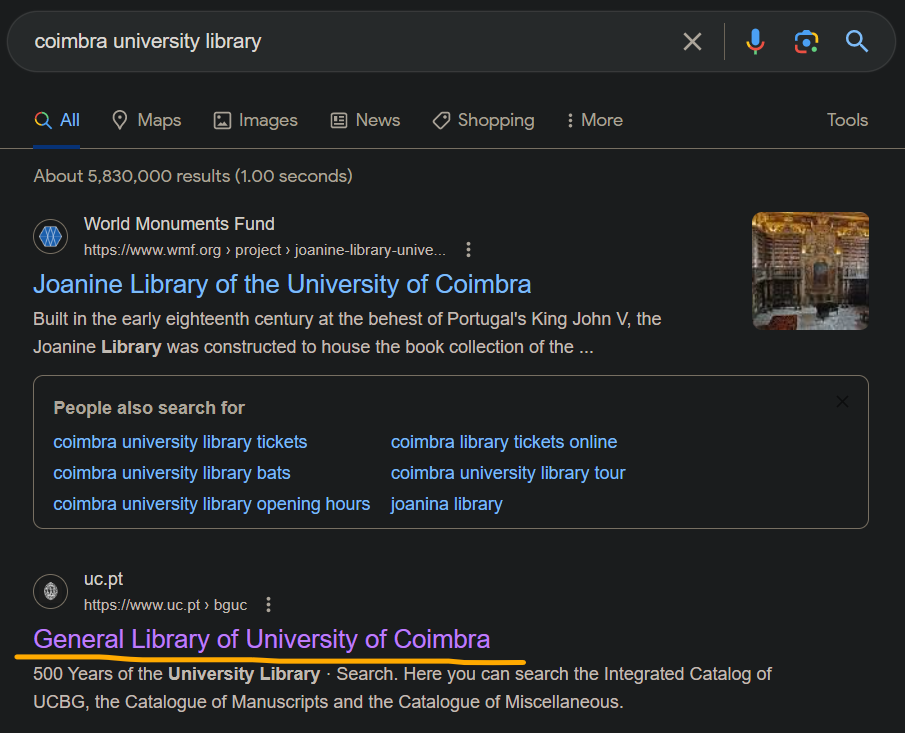
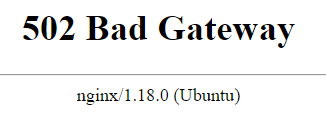
Fig.2. Search results lead to a 502 Bad Gateway error
In the end it was a matter of chance. One day I was unable to access the library, and the next I was, which was lucky for my task of bible hunting. (At the time of writing this blog post it appears to be down again.) At that point I encountered another downside of dealing with a large university– they have more than one library.
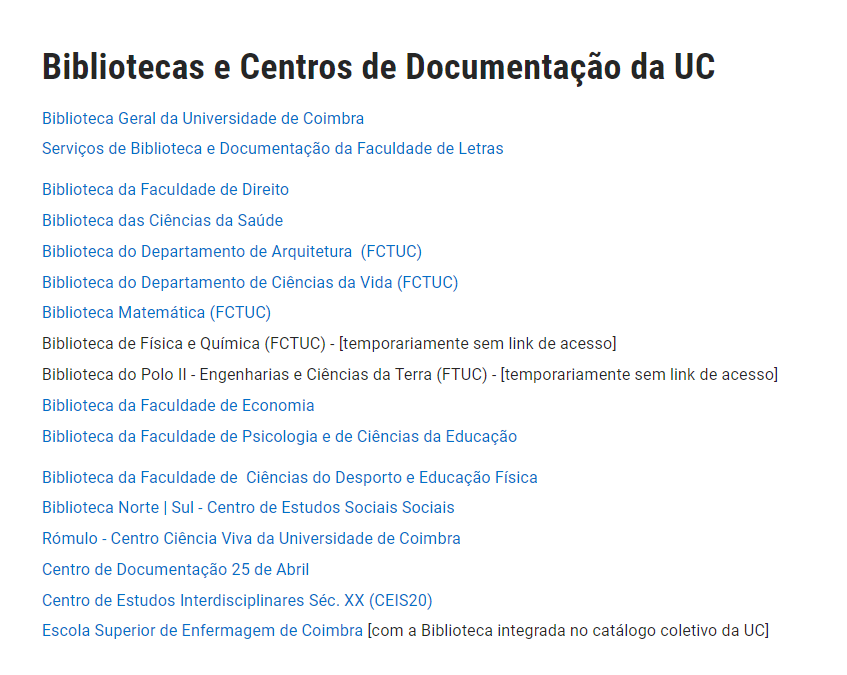
Fig.3. Libraries at Coimbra University / Bibliotecas da Universidade de Coimbra
No matter, I thought to myself. I’ll just do a general search. But even with that I had to select the right catalog.
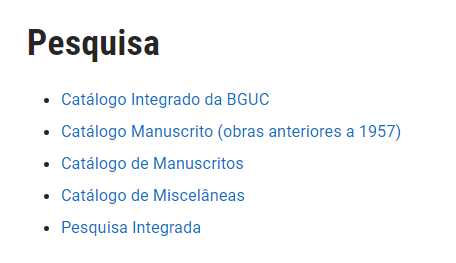
Fig.4. Catalog search options / Opções de pesquisa de catálogo
You might think that the Paris Bibles, being handwritten manuscripts, would be housed in one of the manuscript (manuscrito) catalogs but that turned out not to be the case. Those catalogs focus on documents and not books, especially ones relating to the school or Portuguese history. Ultimately the best option turned out to be the integrated search within the general library (Catálogo Integrado da BGUC).
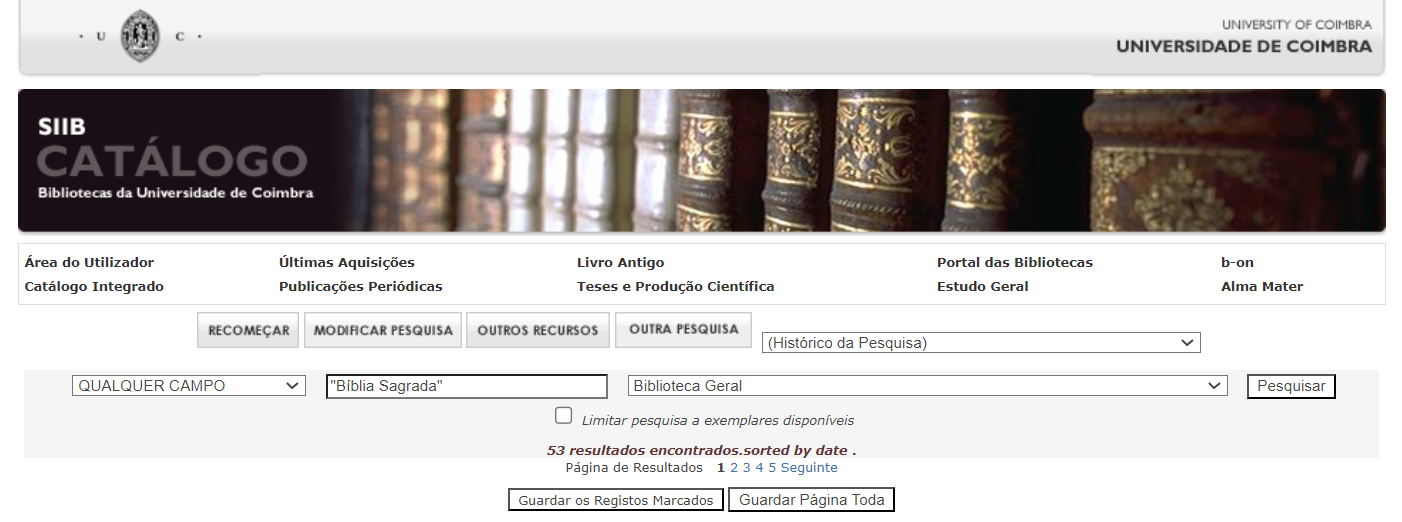
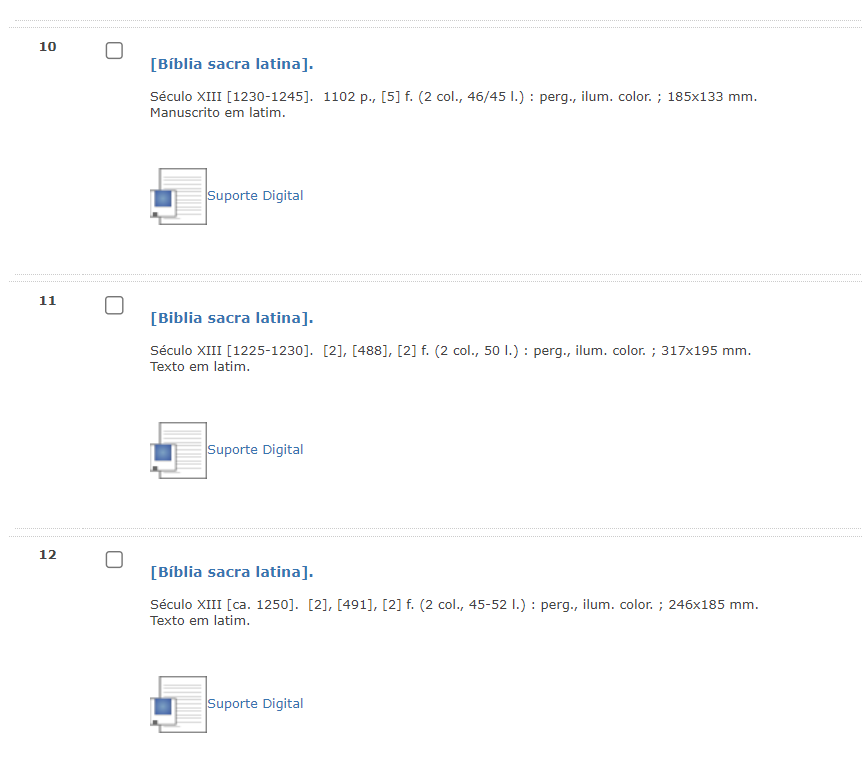
Fig.5. BGUC bible search results.
When browsing a library catalog, there are a few different search terms that can be used. Bíblia is an obvious one, sometimes seen with the accent on the i and sometimes seen without,as above, and I mentioned manuscrito already. Manuscrito Iluminado (illuminated manuscript) can also be worth looking for. Not all Paris Bibles have illuminated letters, but those that do have a higher chance of being digitized. Bíblia sacra or sagrado (sacred bible) can also be used to differentiate a normal bible from something like a bíblia de concordância, which is a concordance bible and used for reference. You can also specify that the bible is in Latin, like the search result in fig.5 above: bíblia sacra latina.
My last tip is that it may be best to sort your results from oldest to newest, and browse the options available to consider what else you might want to filter in your search results. Be cautious about filtering out dates entirely, as formatting is rarely standardized in catalog entries and you might be missing some results that way.
Happy hunting!
Further Reading
- Libraries of the University of Coimbra
- University of Coimbra general catalog
- Bible Hunting. Where to find data? The case of Italy and the Vatican
- Bible hunting: where to find data? The case of France. A series
- What is a Paris Bible?
Suggested citation
Hemmons, Amanda Robin. (08 June 2023). Bible hunting: Where to find data? The case of Portugal. Paris Bible Project. https://doi.org/10.5281/zenodo.8040632
This post is published with a CC BY-SA-NC 4.0 International license.